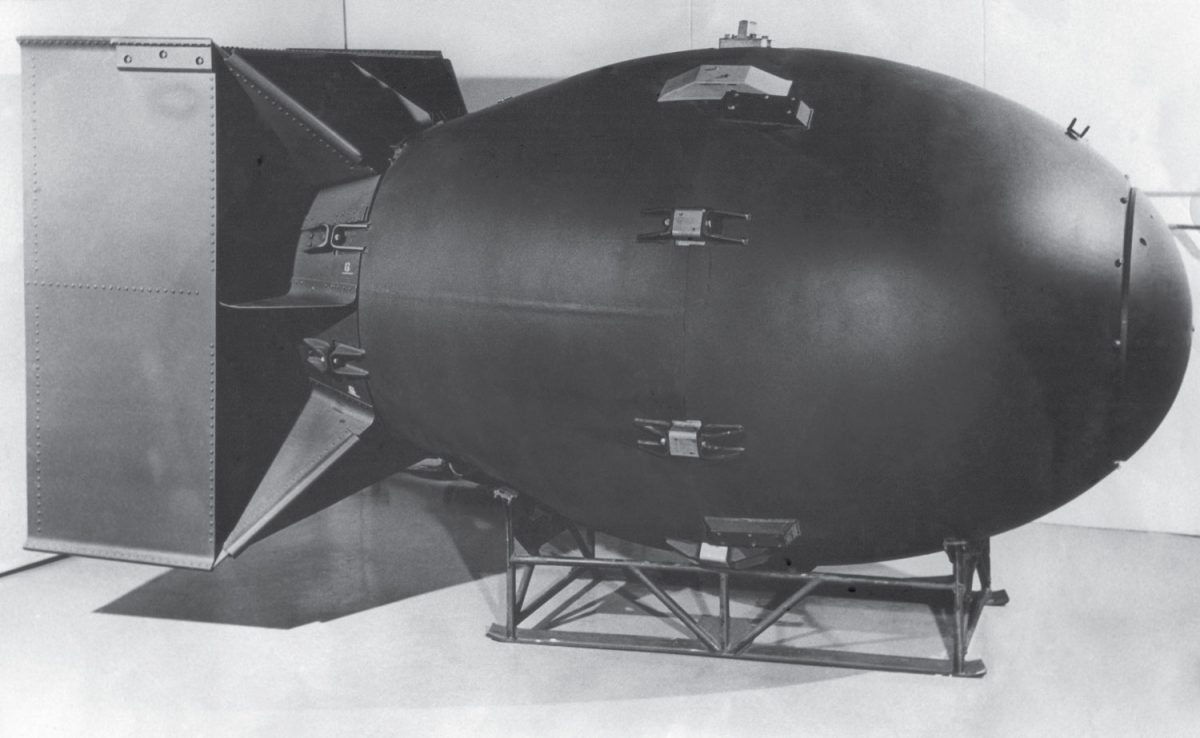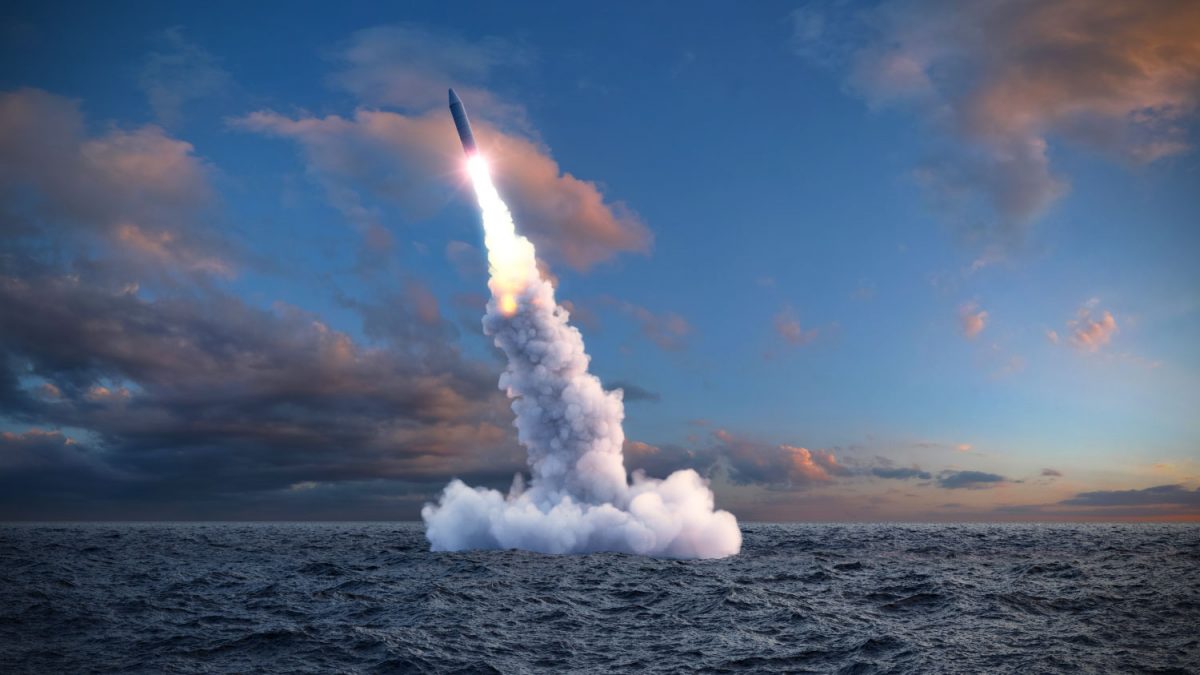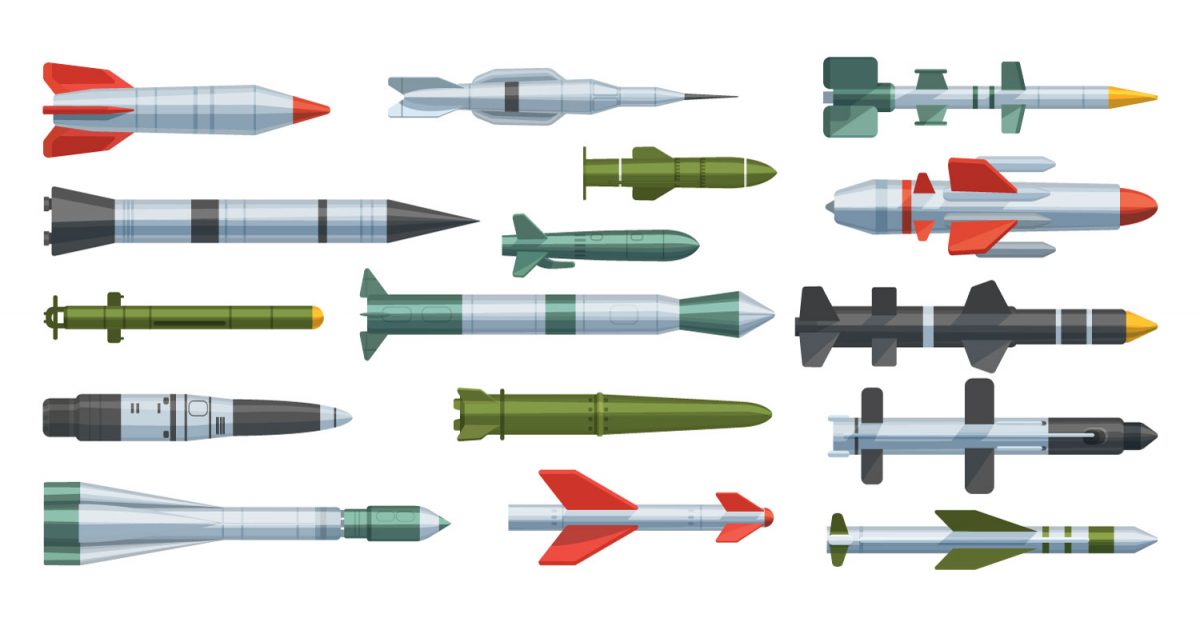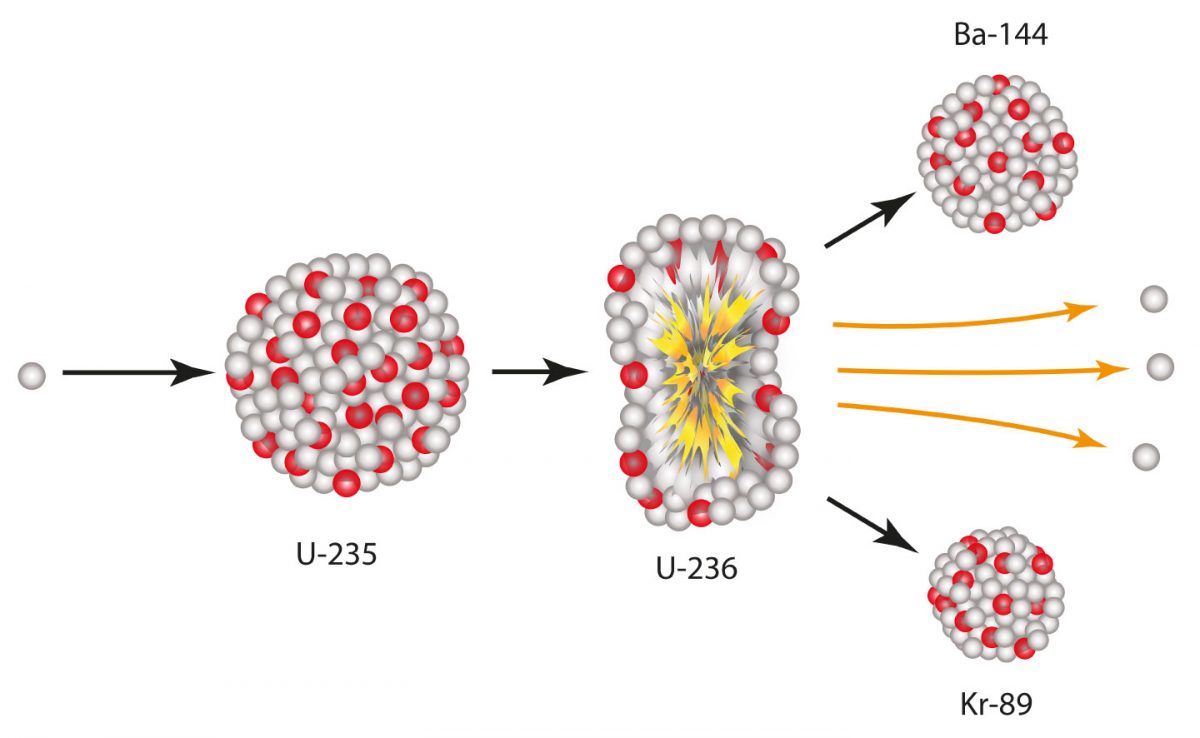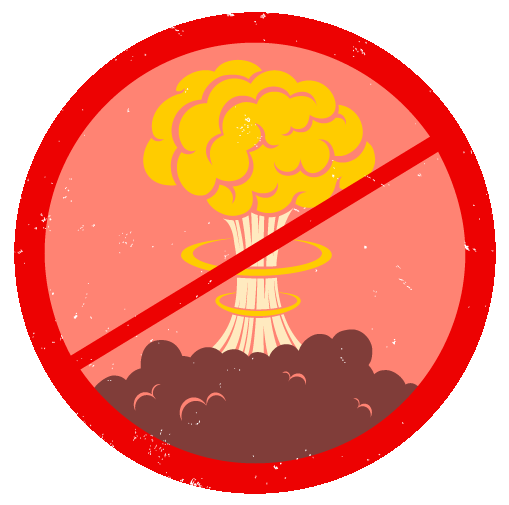Taking Nuclear Weapons Off High-Alert
Accidental nuclear war is more often portrayed as the subject of science fiction, not an actual possibility.
But despite the Cold War ending decades ago, the United States and Russia still keep hundreds of nuclear weapons on high alert, ready to launch. Also known as “hair-trigger alert,” this rapid launch option significantly raises the risk of an accidental, unauthorized, or mistaken nuclear attack, with no appreciable benefits to national security.
On its surface, the system is simple: if we detect and verify a nuclear attack, we’ll launch our own missiles before they’re destroyed. But the process must occur within minutes, and relies heavily on error-prone radar, satellite, and human communication systems, all of which are susceptible to false alarms and, potentially, cyberattack. And because the timeframe is so short, the military depends on scripted nuclear launch procedures that are routinely rehearsed, biasing the process toward a decision to launch—especially in times of crisis.
From faulty computer chips to simple human mistakes, dozens of near misses and safety accidents illustrate these and other shortcomings. No single incident has caused an accidental, unauthorized, or mistaken launch yet—but the probability is not zero. The more incidents that occur, the greater the chance that, due to confusion and an unforeseen confluence of events, one of them will lead to disaster.
Arguments for retaining high alert
Because land-based nuclear missiles are stored at known locations, they are vulnerable to attack. Hair-trigger alert was originally intended to ensure that, were the missiles targeted, they could be launched in retaliation before being destroyed. Yet the United States’ retaliatory capabilities are already ensured by hundreds of nuclear weapons stored on submarines, which can’t be targeted. As a deterrent, the high alert status of U.S. land-based missiles is therefore irrelevant.
Some experts argue that de-alerting could lead to a “re-alerting race” during a future crisis, in which two quarreling sides raise their alert levels in a high-stakes game of “tit for tat,” exacerbating tensions. But this is premised on the notion that rapid-launch missiles are needed for deterrence, which is untrue.
Others argue that hair-trigger alert is needed for “extended deterrence,” ie, the assurance to others—particularly Japan—that the United States will provide nuclear retaliation on their behalf. But extended deterrence depends on the U.S.’ willingness to retaliate, not the speed of its decision. Numerous Japanese leaders have, in fact, expressed enthusiasm for U.S. de-alerting.
How to de-alert nuclear missiles
The U.S. should eliminate options for quickly launching missiles on warning of attack, and take its missiles off hair-trigger alert. At present, land-based intercontinental ballistic missiles (ICBMs) in the United States are stored in underground siloes and controlled by nearby launch centers. Removing them from hair-trigger alert could be as simple as manually activating a safety switch that prevents the missile from being launched (these switches already exist and are used by maintenance crews). When the next false alarm occurs, leaders would then not be under the same pressure to launch, eliminating the risk of a mistaken launch, and reducing the risk of an accidental or unauthorized launch.
The time for change is now. Despite promises as a candidate and early in his first-term, President Obama’s administration decided not to end hair-trigger alert during its 2010 Nuclear Posture Review. The security environment has, however, changed. Tensions between Russia and the United States are higher than they have been in decades, and China is considering placing its nuclear arsenal on high alert for the first time, citing U.S. security capabilities. In a cautionary 2015 address, former U.S. Secretary of Defense William Perry declared: “today we now face the kind of dangers of a nuclear event like we had during the Cold War, an accidental war.”
Taking nuclear weapons of hair-trigger alert would be a strong first step toward ensuring nuclear war remains the stuff of fiction.
In this report
Close calls have nearly led to the launch of nuclear weapons—and the risk is still there. Learn about past incidents and current issues here. Report
A surprising number of high-level politicians and generals have called for an end to hair-trigger alert.
Downloads
Full report
